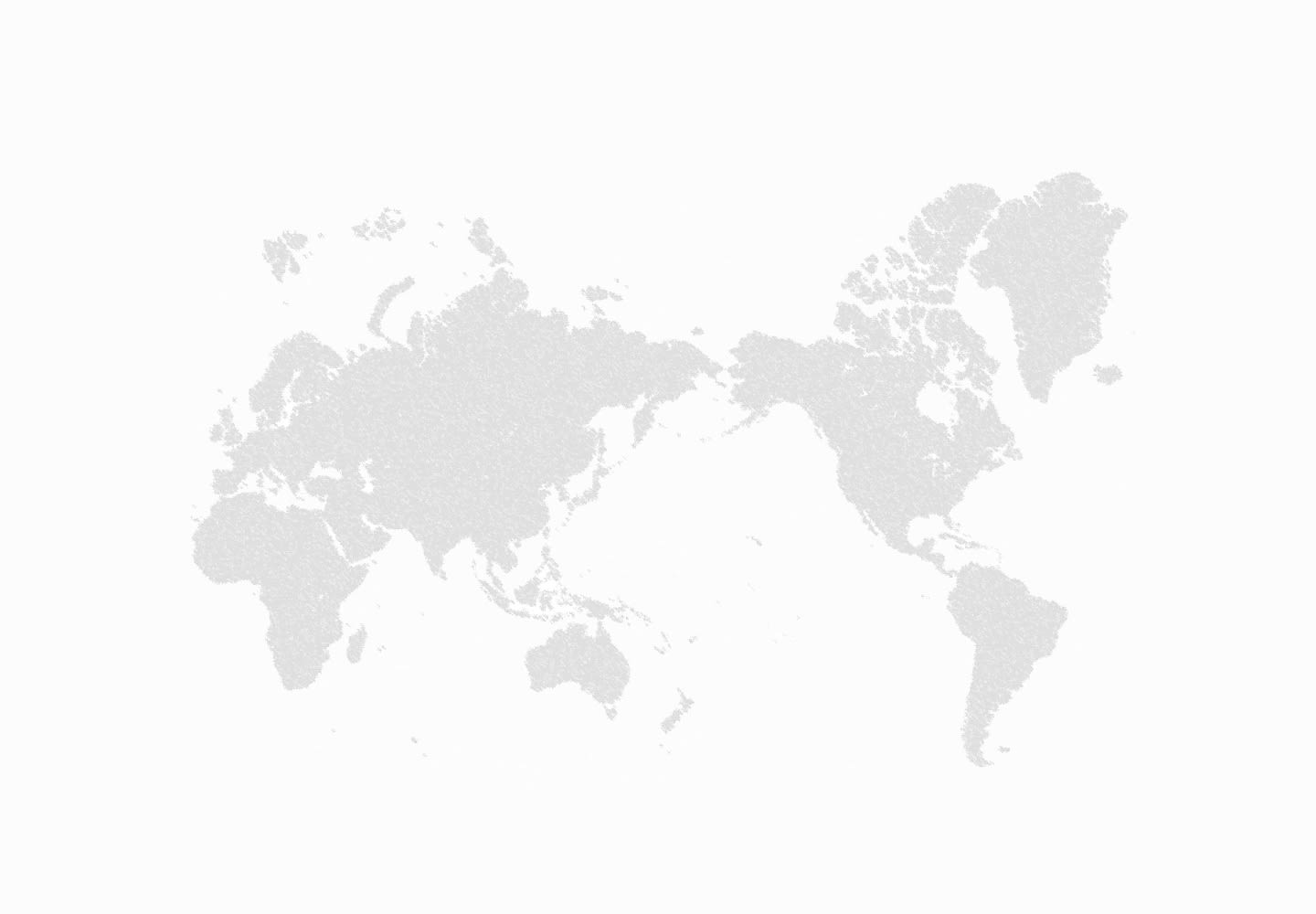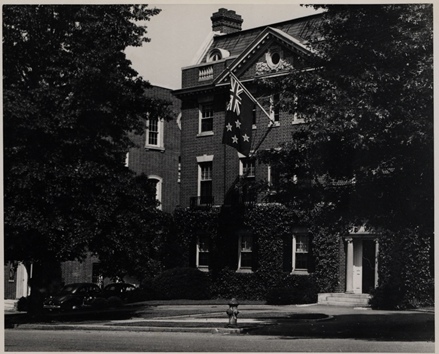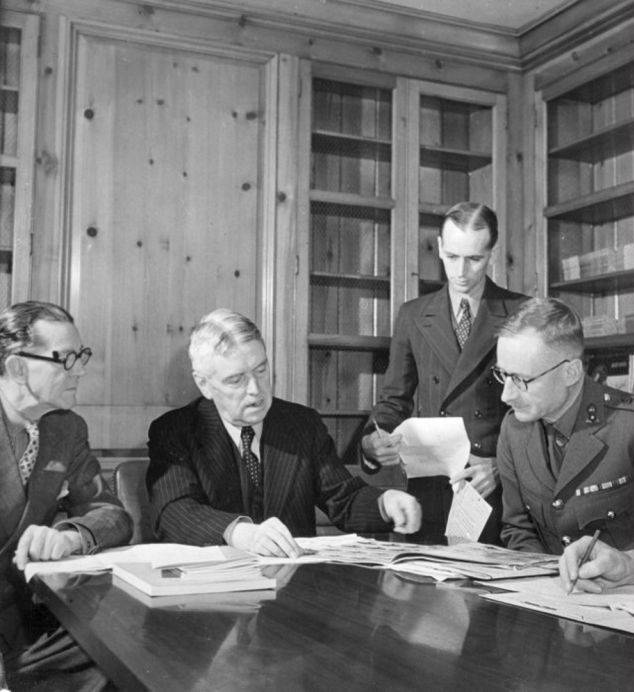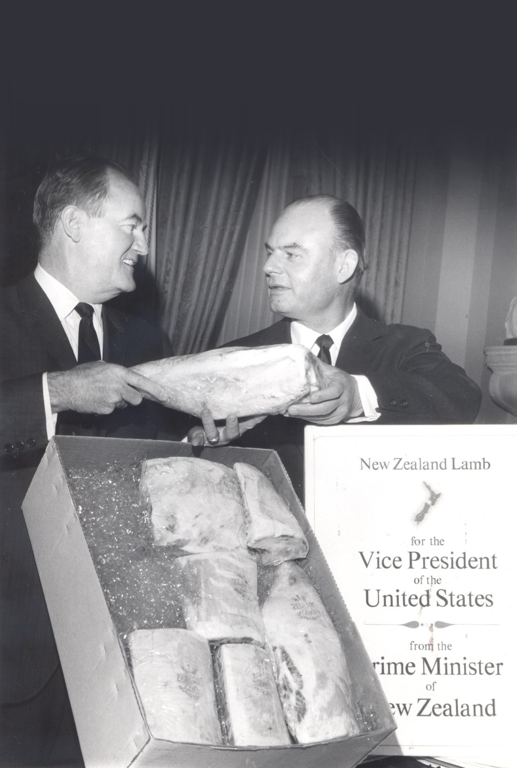
Washington D.C.
Our Story
The opening of our post in Washington
As early as June 1940, New Zealand Prime Minister Peter Fraser thought that a New Zealand Minister should go to Washington DC. The British government, however, were not supportive, prompting Fraser to reply: “The British Government do not perhaps completely understand the point of view that is being forced by circumstances upon the Governments and peoples of New Zealand, and it is believed, Australia”.
‘Circumstances’ meant the threat of a Japanese invasion of New Zealand, particularly if the British failed to hold their naval base in Singapore. New Zealand therefore turned to the United States (U.S.) for its future protection, hoping it would eventually enter the war on the side of the Allies.
It was therefore no surprise that Fraser established permanent relations with the United States by announcing in early 1941 that the U.S. and New Zealand would exchange Ministers. Cabinet Ministers Gordon Coates and Frank Langstone were sent to Washington DC to represent New Zealand. Langstone purchased a $115,000 house at 27 Observatory Circle as the New Zealand legation. Fraser however believed he needed someone more senior than Langstone to be the New Zealand representative, so he picked his Deputy and Finance Minister Walter Nash for the job.
Before Nash’s appointment was announced, the Japanese attacked Pearl Harbour on 7 December 1941. Nash’s trip to Washington on 18 January 1942 was on a Trans-Tasman flying boat and involved a stopover at Pearl Harbour to view the damage with U.S. Admiral Nimitz. On 31 January 1942, Nash gave his first press conference in Washington and two weeks later he presented his credentials to President Roosevelt. The ceremony occurred the day after the British Naval base in Singapore fell to Japan.

The Nashes in Washington
Fraser was vindicated in picking Nash to represent New Zealand in Washington, as he proved to be an able operator and good communicator. One of his tasks was to represent New Zealand at the Pacific War Council throughout its existence from April 1942 until January 1944. The members of this Council were the British, Australian, Canadian and Dutch ministers. At each meeting, the war situation would be reviewed by President Roosevelt. The meeting also allowed him to ‘fly kites’ to test allied reactions. The American press would sometimes even describe Nash as ‘spokesman’ for the War Council; many journalists learned to go to him for information. To their frustration, Fraser and Nash did not succeed in using the Council to persuade either Churchill or Roosevelt to launch an early offensive on Japan.
Nash’s other task was to promote New Zealand in the United States. Here he was helped by Geoffrey Cox, a former New Zealand Rhodes Scholar who saw himself more as journalist than a diplomat. In August 1941, Cox outlined a publicity strategy whose aims were to maintain good relations with the U.S. to ensure a good supply of U.S. war material, and to keep New Zealand’s contribution to the war effort in the minds of Americans. Between 31 January 1942 and 6 March 1943, Nash gave over 90 broadcasts and speeches, which had a powerful impact on his American audience, particularly at a time when few Americans even knew of New Zealand’s existence.
Unlike many European diplomats in Washington DC, Nash did not have an elite background, which appealed to the American public and U.S. leaders. Nash’s wife Lot was also a great success as a diplomat’s wife, receiving compliments about her unaffected simplicity and genuineness. Both grew to love their life at the Legation, with Nash purchasing the house next door as a chancery and a good cellar of wine for entertaining guests. As the war threat eased off, Nash spent less time in Washington, finally being relieved of his duties in early 1944.
Image:New Zealand's Minister to the United States and some of his staff at the New Zealand Chancery in Washington. They are (left to right) Thomas Reginald Aicken (Secretary from Wellington), Minister Walter Nash, Bruce R Turner (Secretary from Wellington), and Lieutenant Colonel William Noel Pharazyn (Military Attache), 1942-1943. Source: National Library of New Zealand.
The Laking Family in Washington
Since Walter Nash’s term as ambassador, other prominent individuals have also served in this role with many notable appointments, including Sir George Laking 1961-67, later to become Secretary of the Department of External Affairs 1967-1971 and then the first Chief Ombudsmen in 1975. Laking had previously served as the first counsellor to the Ambassador in Washington from 1948-1955. His daughter Mary Laking recalls her time as a child and later as an adolescent and young adult, during the family’s two postings to Washington.
Memories during the first posting include:
- Knowing she was a New Zealander but being too young at the time to understand the implications, she joined in with all her classmates to recite the Pledge of Allegiance to the American flag at primary school, until her mother explained that it was a thing only American children did.
- Attending special events such as the visit of the Princess Elizabeth to Washington in 1948 when she was three years old. She was watching out for a woman dressed in a long formal dress and wearing a crown and was shocked and surprised to see an “interloper” dressed in ordinary clothes, walking down the middle of the avenue where the Princess should be.
- Spending long family summer holidays in Maine, north of Washington on the northeastern seaboard. Her father would only be able to get away from the embassy for short periods of time and in later years would have attacks of guilt that, in his estimation, he didn’t spend enough time with his children, but both Mary and her brother Rob have memories of a loving, generous father who had a very busy job but made up for it when he could by taking them to movies, reading to them when they were small and generally being a loving father.
As an adolescent during the second posting, Mary recalls two defining international events:
- Her mother calling her into the family room to watch a televised address by President John F. Kennedy on the Cuban missile crisis. Mary was shocked and scared by the possible implications of the US and Russia standing toe-to-toe over nuclear weapons.
- During her first year of college, being overwhelmed by the news of Kennedy’s assassination and ringing home to have a crossed-wires conversation with her mother who was also upset by the news and announced to Mary that she didn’t have time to talk because the President had just been killed.
Throughout both periods in Washington, Mary recalls that her mother and father worked as a team. Not only was her mother the one who could put names to faces, but she also served as a sounding board to discuss important issues. Her father always acknowledged the important role her mother played, saying that he couldn’t have done the job without her. His comments reinforced the role diplomatic spouses played in a time when they could not pursue their own careers.
Mary credits her time in Washington with playing a large part in developing her views as an adult, particularly with reference to New Zealand’s place in the world and the importance of her parents’ unstinting work in representing New Zealand in the United States. There are certainly many other “diplomatic brats” who have had similar experiences.
Opening a post in Washington in 1942 was the start of New Zealand expanding its diplomatic relations. Many years later, New Zealand continues to place great importance on the relationship with the United States.
Image: George Laking New Zealand Ambassador to the United States (1961-1967) on the right presenting to US Vice President Hubert Humphrey a case of lamb in 1966.


